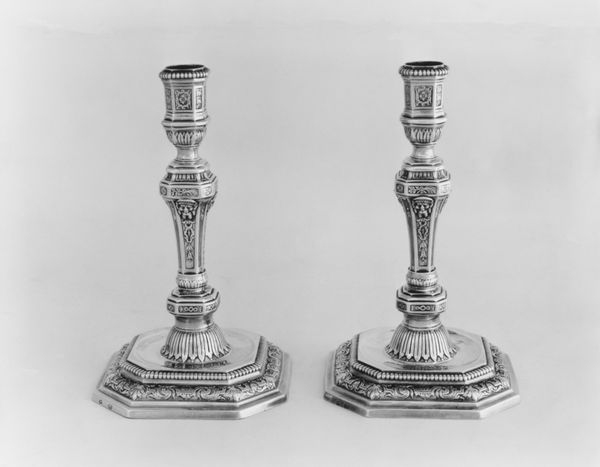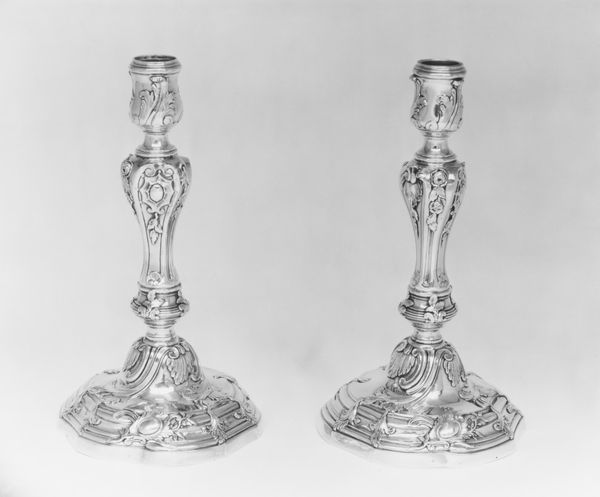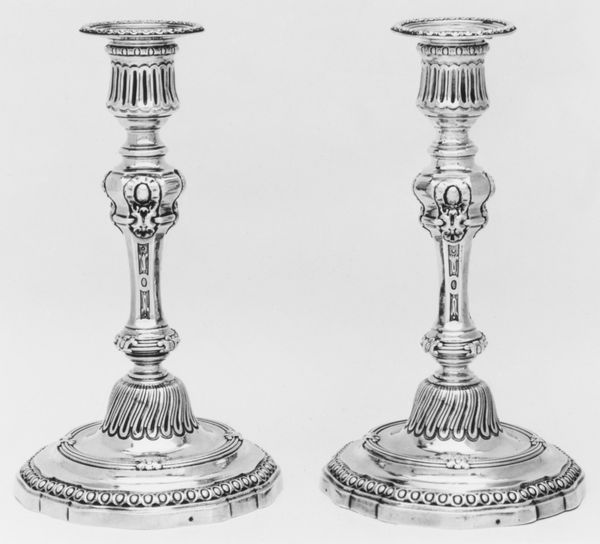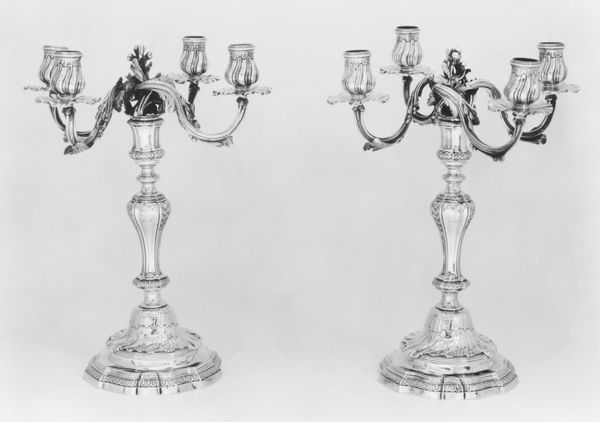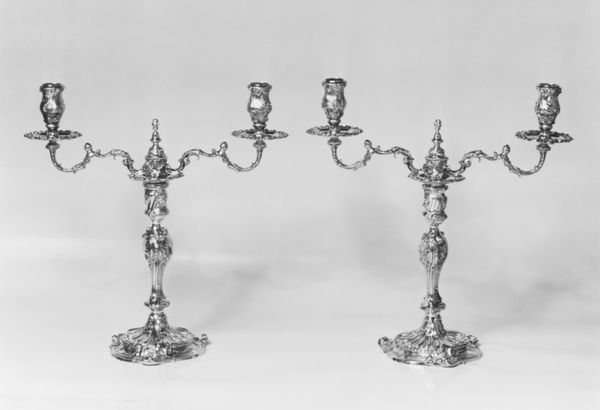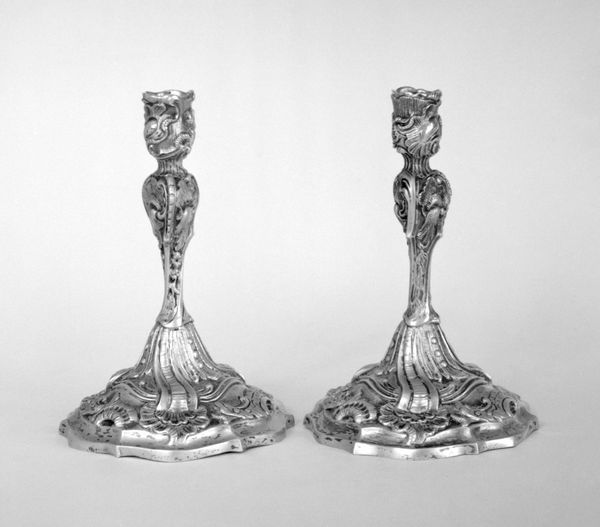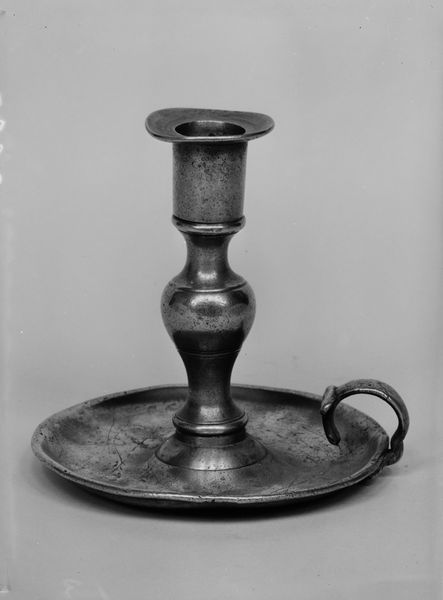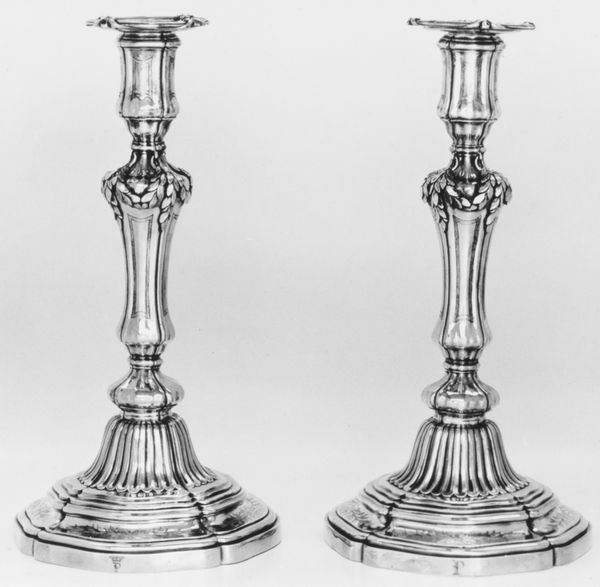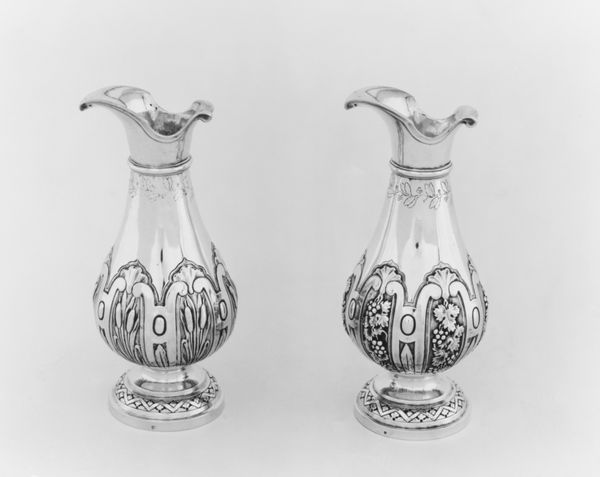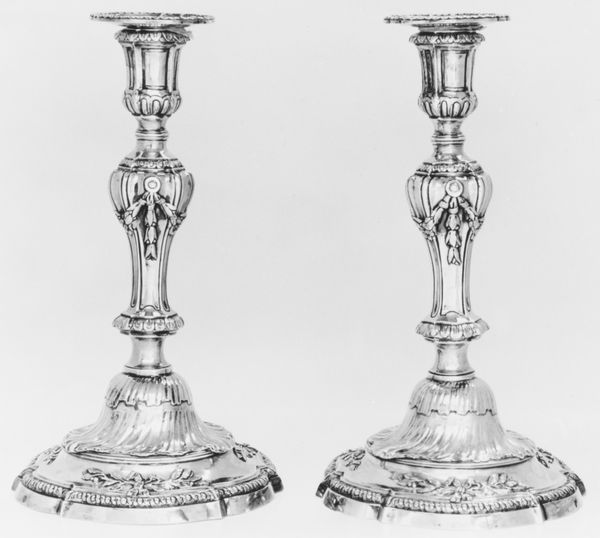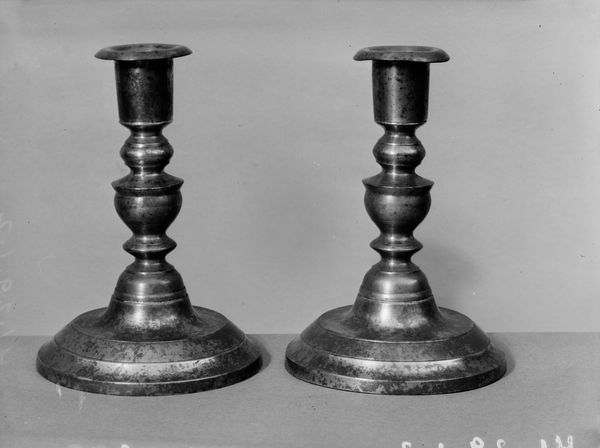
ceramic, sculpture
#
sculpture
#
asian-art
#
ceramic
#
sculpture
#
decorative-art
Dimensions: H. 6 3/4 in. (17.1 cm)
Copyright: Public Domain
Editor: So, here we have a ceramic brush holder, created by Kasuke between 1770 and 1790. I'm immediately struck by the detail – it’s decorative, but clearly functional. It feels like there's a whole world miniaturized on each holder. What do you see when you look at these objects? Curator: I see labor and process first. Consider the meticulous crafting required to achieve that level of detail in ceramic during that period. This was clearly made for a consumer with means, indicating something about social hierarchies and the economics of art consumption at the time. Were these pieces unique to a certain group or workshop? Were there specific modes of training necessary to develop this production? These objects tell us a lot about how work was structured. Editor: So, it’s not just about aesthetics but the socio-economic implications of the artwork? How it was made and who it was made for? Curator: Exactly. What was the role of the artisan in late 18th-century Japan? Where would Kasuke learn his trade? How did access to raw materials shape his craft? And who had access to own them? What does it mean for these works to find themselves displayed behind glass? We might examine how brush holders were disseminated at this time and consider their transformation from use-objects to museum objects. The object is less about some innate beauty than a node in a whole network of social relations. Editor: I never really thought about the production and consumption aspect of it. I was always drawn to the aesthetics, but thinking about it as a product of its time is fascinating. Curator: Seeing art this way brings everything into perspective. By focusing on material production, we start to ask much larger questions. We may find that art, rather than being sublime and transcendent, can illuminate the complex conditions that shaped not just the artist, but the world in which they worked. Editor: I'll definitely be looking at art with a different perspective now!
Comments
No comments
Be the first to comment and join the conversation on the ultimate creative platform.
